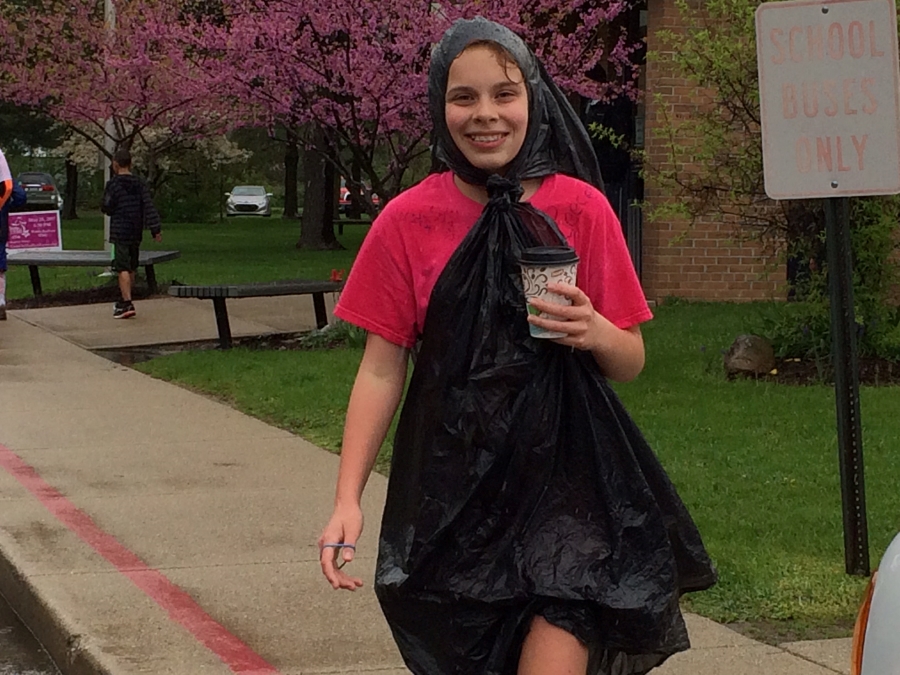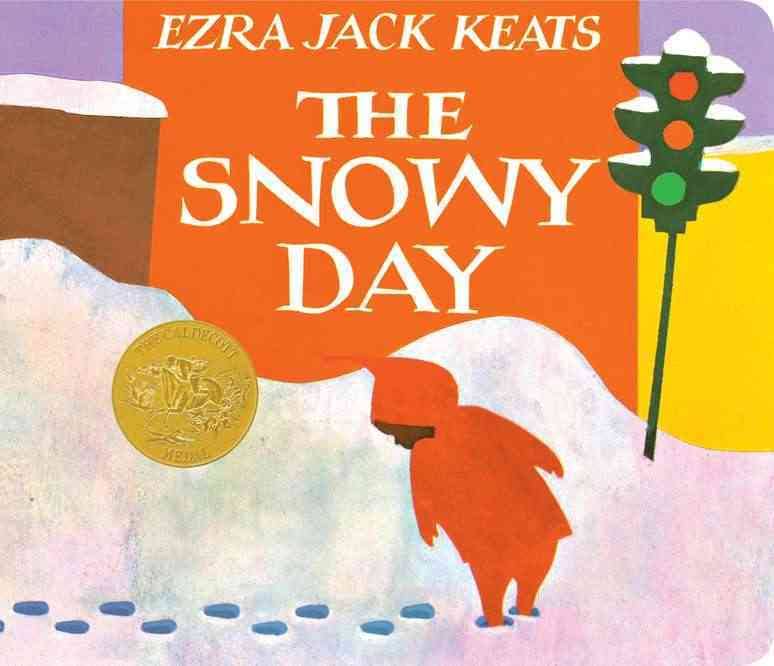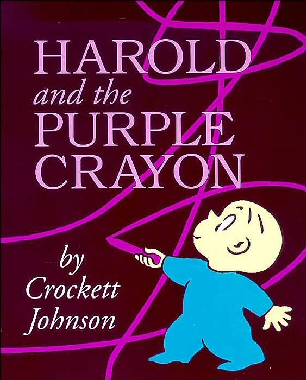This month our family focus is on gratitude. I’m grateful to work at the Comstock STEM Academy. I’m going to give you a little glimpse into some of the awesome things happening around our school. Truly showing gratitude starts with recognizing the benefits we receive from others and then it results in an outward action to make your work, home, & physical environment better.
Last night was a board of education meeting that started with two students on the world champion Stryke Force First Robotics team talking about their experience. A sophomore said when I saw the score, and I saw we were world champions I started shaking and I couldn’t feel my legs. The sense of pride and excitement was palpable. Teachers were honored for the impact they have on students by receiving excellence in education awards. A speech language pathologist shared a moving testament to how the school district, the superintendent, and her staff supported her this past year. I left the board meeting feeling blessed to be a part of this school district.

I walked around the school with six families yesterday and talked with them about why our school is a dynamic exciting place to send their child to school. I shared our vision of giving students a solid academic foundation and fostering a love of learning. We visited a middle school science class that was getting ready to dissect sheep hearts. Students were “gloving up,” and donning their lab coats and goggles, a third grader on the tour cringed a little, and the 5th grader stood up a little straighter and leaned in, in anticipation. I asked, “Do you want to see the heart?” His eyes lit up. In kindergarten students greeted visitors with a smile and talked about how much they like recess, hot lunch, and math. First graders were reading books, and working together in learning centers. Second graders were busy sharing the data they collected from a walk to Morrow Lake, and debating if a tree that grows in the water was a land plant or an aquatic plant. Third graders were learning about geometry and discussing polygons. A shy preschooler told one of the students I can draw a cube, and the students said, “Wow that is pretty hard, I can only draw a cylinder” We walked into fourth grade and I thought the students were taking a test. The teacher said we just read two stories, one about “The Case of the Missing Necklace” and the other about “The Case of the Missing Homework.” After reading the source articles students were full of ideas they wanted in include in their rough drafts titled, “The Case of the Missing Hamster.” 5th graders were mapping out food webs, and debating if plants ate sunlight, or how did they get their energy? Visiting the art classroom Mr. G. took a freshly fired first grade flower out of the kiln. It looked like a new species of purple, glassy, hibiscus.
Last week after school 40, 3rd through 6th graders from Let me Run, and Girls on the Run ran a practice 5k in 40® and rainy weather. We were soaked, and we had a blast. Many students ran further than they ever have before. Parents and coaches ran, or cheered in the rain. I’m grateful to encourage, and run with our teams.


Throughout the day teachers work to excite, encourage, and challenge students and that doesn’t happen by accident. Behind the scenes teachers come in on weekends, during the summer, and in the evening (two of them missed board recognition because they were at school planning and prepping for the next day). They bring papers home to grade and plan once their own kids are asleep, and the dishes are done. They spend their own money, or work extra to write grants and go to the public library to fill their rooms with books, and resources to provide opportunities for students. They shove food in their mouth in 15-20 min by the time they drop their students off at recess and warm up the leftovers they brought for lunch. I was a teacher for 10 years before I became the director of the STEM Academy, I know. Teacher thank you for all you do to make the STEM Academy an exciting place to go to school!
This month let’s recognize and appreciate the benefits our kids receive from their teachers. Let’s show them a little love and tell them they are appreciated. Write them a note, bring them an apple. Smile and say thanks.
To learn more about gratitude watch this 4 minute video from Dr. Robert Emmons of UC Davis.
Dr. Robert Emmons of UC Davis talks about Gratitude from Character Lab on Vimeo.
Zest is a strength of the mind and is also referred to as vitality. It is an approach to life that is filled with excitement and energy.
http://www.thekitchn.com/how-to-zest-a-lemon-cooking-lessons-from-the-kitchn-198570

Actively participating, showing enthusiasm, approaching new situations with excitement and energy, and invigorating those around you, positively affects you as a student and a person. Young children often naturally exhibit these character traits, and they unfortunately wane over time, but then increases later in life.
At the STEM Academy we make it a goal that we are not only helping students grow academically but we are connecting them with things they can have enthusiasm for. We strive to foster a love of learning, in addition to helping students grow academically, socially and physically. Parents can help with this. Often we think that zest is related to being extroverted, and that this is a fixed disposition of each child, they are or they are not. Characterlab.org points out, “Zest is about exhibiting enthusiasm and feeling energized. But zest doesn’t need to be loud—the quiet, introverted artist can approach her latest project with zest, even if she is alone in her studio.” Teachers and parents can observe zest in several ways that include,
- Actively participating by asking questions or listening closely
- Showing enthusiasm through smiles or excited comments
- Approaching new situations with excitement and energy
- Invigorating others around you
Zest is a character trait that can be nurtured and you can grow whether you tend toward extroversion or introversion.
I would like to encourage you to take some time and reflect about what you are enthusiastic about and share that with your child. I am excited about being in nature, and spending time with my family.

Over spring break I went hiking in the Smokey Mountains with my family and we played in a cold mountain stream for about an hour. My little daughters feet were nearly blue, but she loved making boats out of leaves and sending them over the rapids with her cousins. It excited me to share my love of nature and the outdoors with my family and I came back to the STEM Academy recharged and energized. Here is a link to Character Lab with additional readings and information about the character trait of zest. https://characterlab.org/tools/zest
I asked this question to some of the 8th graders working in the library today. One said, "Easy: to accomplish my goals." Another said, "to help people, or to make the world better."
"What is the reason for your goal?" I asked.
"Hmmmm, that’s a tough one," the students thought.
Have a conversation with your child(ren) about purpose, and it may surprise you.
March is reading month, and one of the best ways to connect people is through stories. Think of some of the classic children’s books like Maurice Sendak’s “Where the Wild Things Are.” What does this story tell us about family, love, and imagination?

Or Ezra Jack Keats, “The Snowy Day” where Peter has an adventure, enjoys the snow, and learns how to deal with the changing problems that confront children as they grow up.

Or “Harold and the Purple Crayon” by Crockett Johnson. This book about Harold and his magic purple crayon takes us on a journey through Harold’s imagination, escaping dangers, and traveling to far-off places; at the end, Harold comes to a surprising realization.

Many stories can help us think about purpose. I recently revisited a Time.com article I read a couple of years back. “The sense that your personal life is meaningful to you is a cornerstone of psychological well-being,” said Michael F. Steger, director of the laboratory for Meaning and Quality of Life at Colorado State University. Not only that, it is “tightly tied to being happier, more positive, more confident, more caring, more helpful, more resilient, and more satisfied in your life, relationships, and work.” Who doesn’t want that for their kids? Who doesn’t want that for themselves? Character Lab talks about purpose this way. Purpose is a strength of heart, and it can be cultivated. Strengths of heart are interpersonal, helping strengths. They help you relate in positive ways to other people. Some strengths of heart include gratitude, purpose, self-control, and social/emotional intelligence. In a blog post on medium.com Chris Hullman gets in the mind of a middle-schooler and quips, “I could be changing the world right now, but instead I’m solving for X.” Click on the link to see an awesome resource that helps us have conversations with our kids about finding value in classwork, and why it matters.
Dr. Bill Damon of Stanford University talks about Purpose from Character Lab on Vimeo.
Teachers and parents take note of expectancy-value theory and what it says about helping students answer the ‘why’ question. What do you think? What is your purpose? What is your favorite children’s book? What are barriers to instilling a sense of purpose in our lives?
|